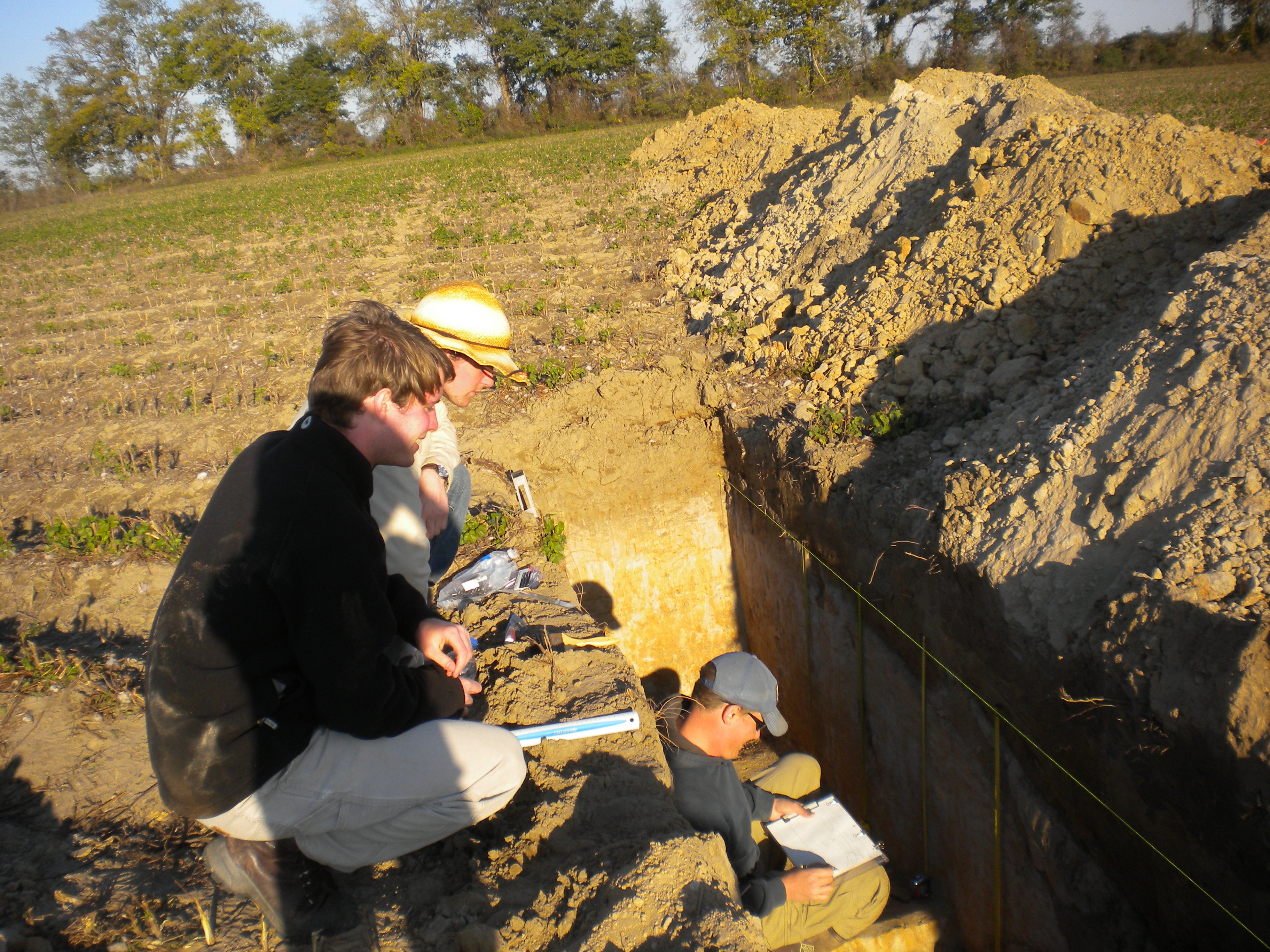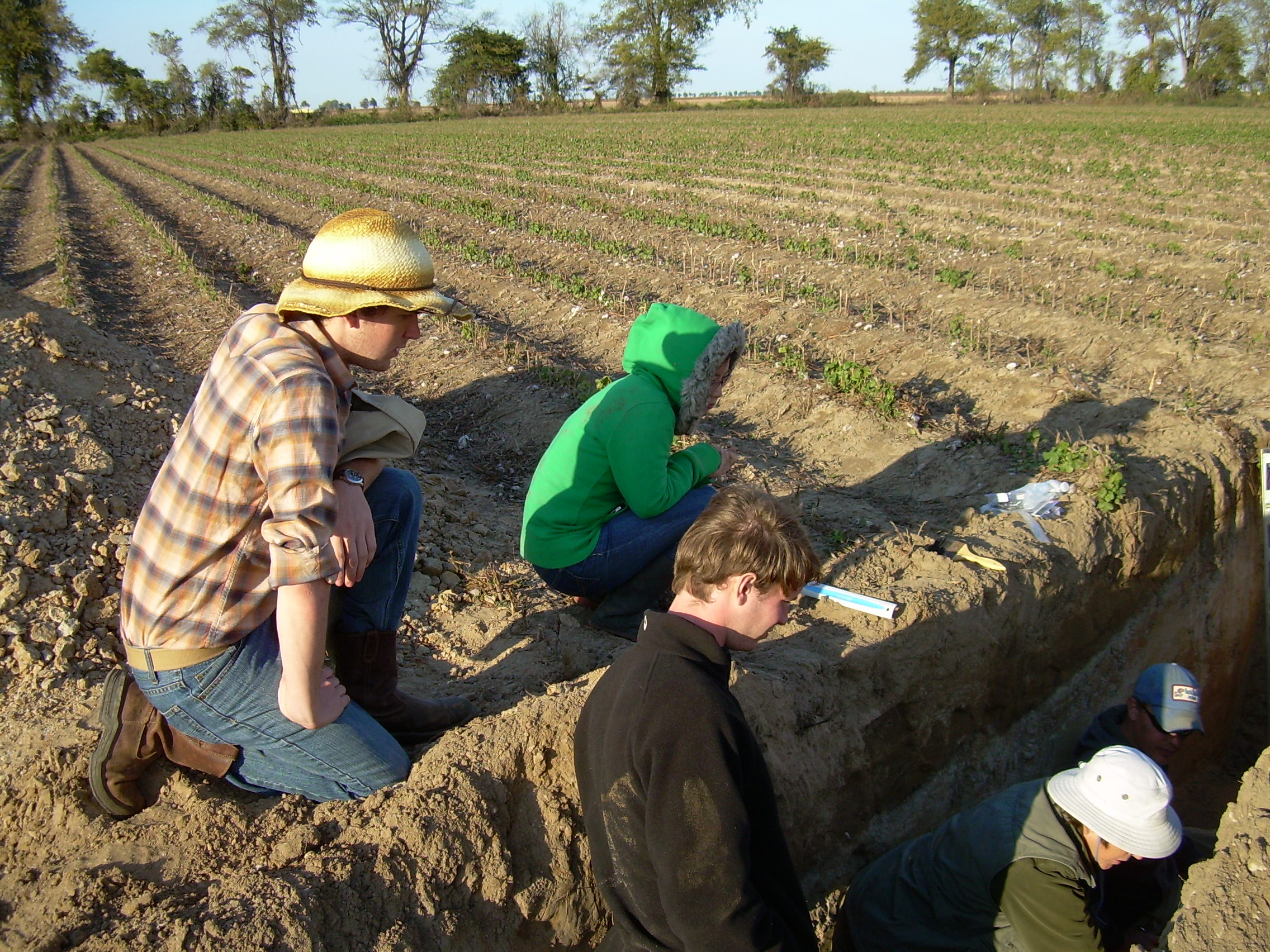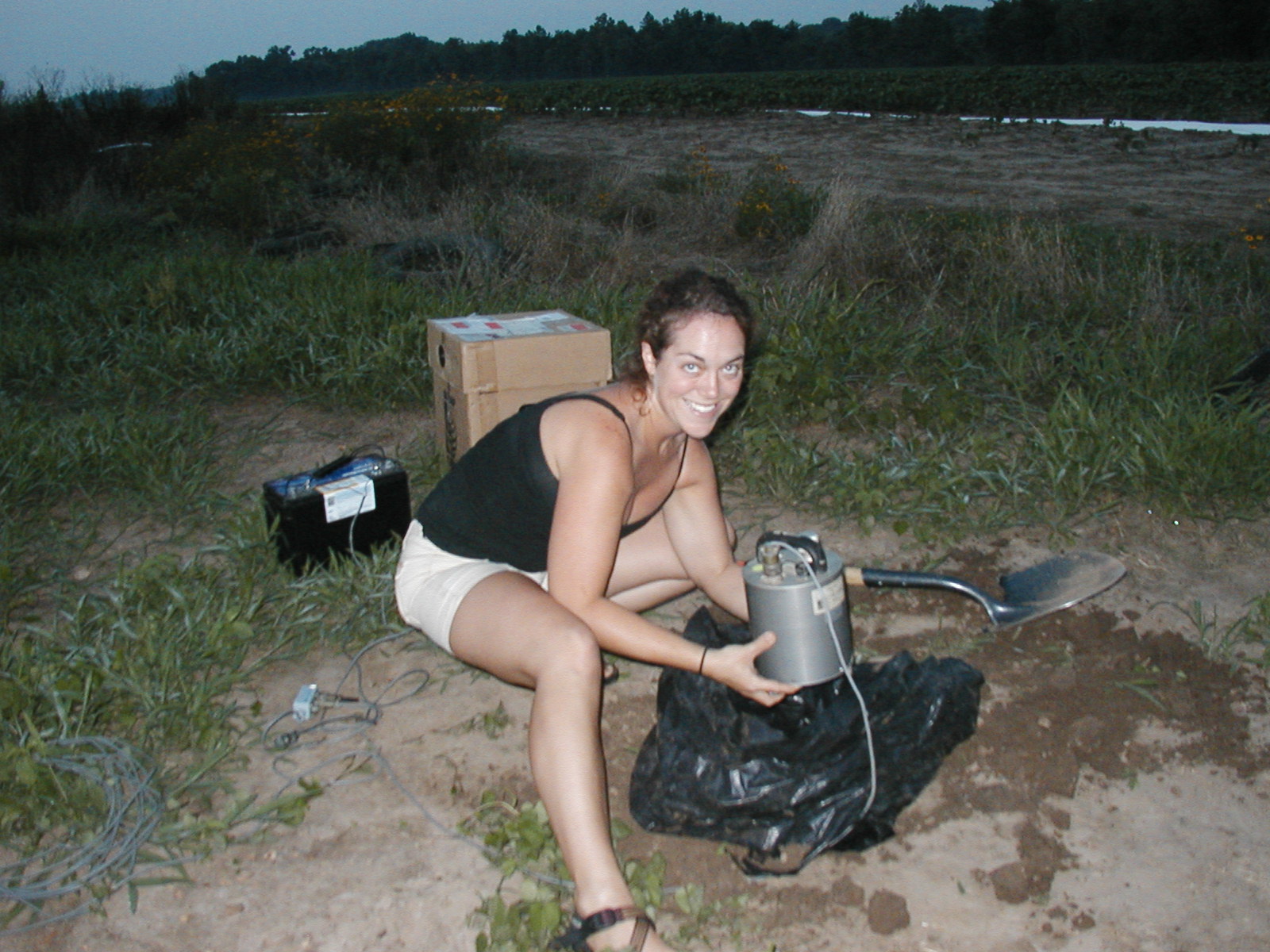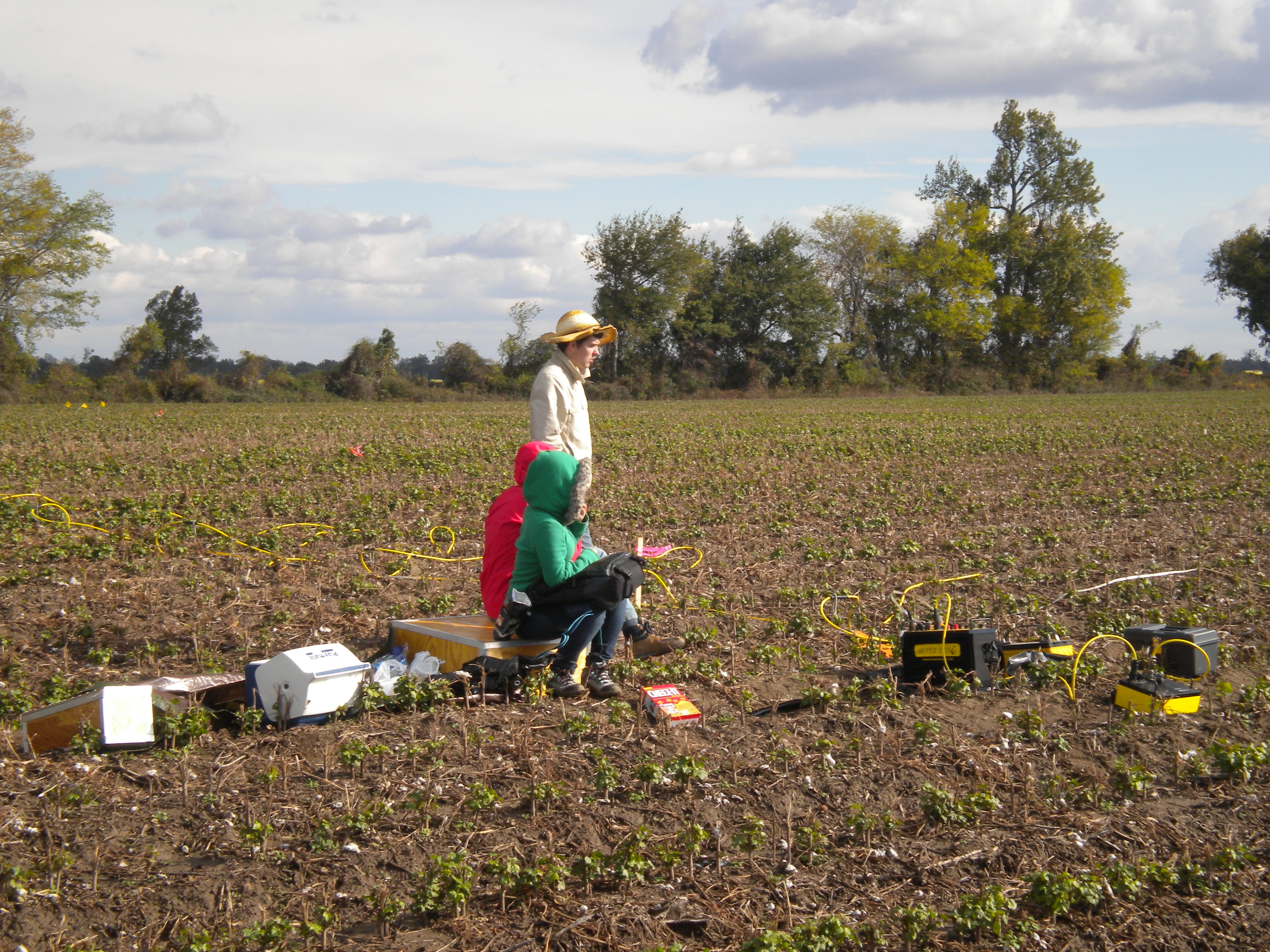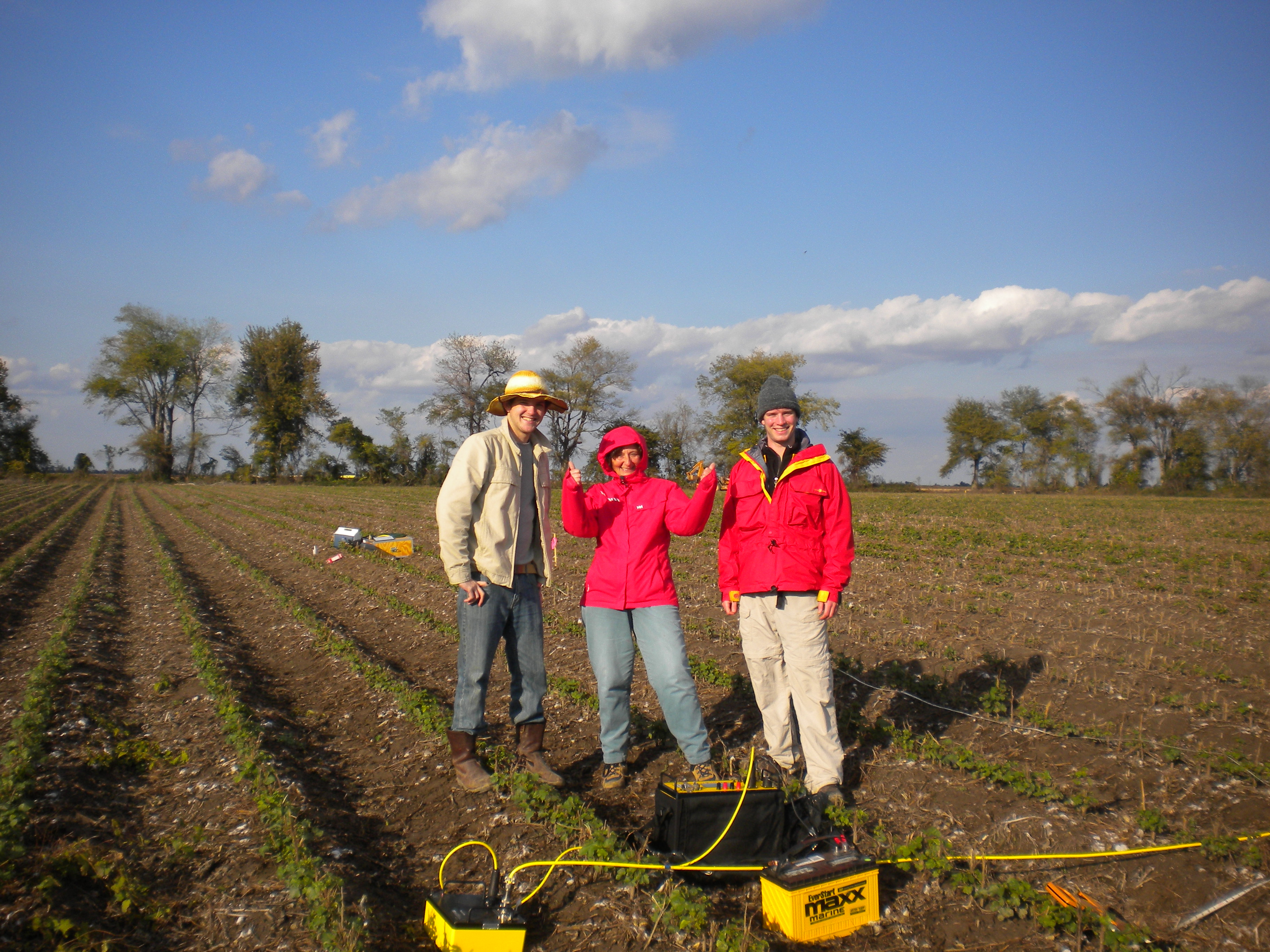COSAM News Articles 2019 June Inside COSAM Labs – Dr. Lorraine Wolf - Crustal Structure and Seismic Hazards
Inside COSAM Labs – Dr. Lorraine Wolf - Crustal Structure and Seismic Hazards
Dr. Lorraine Wolf, a professor and researcher in the Department of Geosciences, primarily focuses her studies on areas of seismic hazards and near-surface geophysics. Using prehistoric evidence of past earthquakes, Dr. Wolf is hoping to learn more about earthquake cycles to help predict when there is a possibility of an earthquake. The goal is to understand the structure of the crust in order to prepare for earthquake hazards.
One of the most unique aspects of her studies is the method in which data is collected. In order to understand how and why, you have to understand the process of soil liquefaction. Soil liquefaction happens when the ground shakes during an earthquake in a place with a shallow water table and saturated sandy soils. Pressure builds up and can cause water-laden sand to erupt onto the ground surface. These deposits liquefied sand often form sand fissures and blows. Because of the permeability and drainage of these sandy soils, some archeologists think that Native Americans in the past built homes on or near the features, and that is where Dr. Wolf and her team come in. Native American artifacts found deep in the soil during excavation, such as pottery, tools, and arrows, are used to date when the soil liquefaction occurred and the time period of the earthquake.
The data found because of Native American artifacts is just one important key in determining earthquake history and prediction of future seismic hazards. Dr. Wolf’s graduate students, Rahul and Caleb, are both focused on gravity and magnetic modeling in order to identify faults not exposed at the surface.
Rahul’s focus in on Western Washington state, where thick sequences of sediments cover many active faults. He analyzes variations in gravity and the magnetic field by applying different filters to the data. Areas where there is an abrupt change in data values can indicate the presence of a fault.
“The colors represent density variation, which is areas of folds and faults,” Rahul explained.
Areas where there is a distinct line between hot and cold colors represent fault lines. Caleb is working in the central U. S. near western Tennessee, northeast Arkansas, and southeast Missouri. This area is known as the New Madrid Seismic Zone and it hosted three very large earthquakes (M >7) during a three-month period in the early 1800s. Using the gravity and magnetic data, his goal is to correlate subsurface structures in the crust with present-day seismicity. Most of the earthquakes in this area are aligned with magnetic anomalies that we find in the data.
Besides being an innovative researcher, Dr. Lorraine Wolf also holds the title of Director of Undergraduate Research at Auburn University.
“Most faculty did undergraduate research,” Wolf noted. “It’s how they first got excited (about research).”
She explained how Auburn is a great place for students to get involved in research because they have access to state-of-the-art equipment and projects, yet receive an individualized experience with a faculty member or research team.
Latest Headlines
-
07/09/2024
-
Summer Bridge Program celebrates 21 incoming Auburn students as they prepare for future STEM careers07/02/2024
-
07/02/2024
-
06/17/2024
-
06/07/2024

